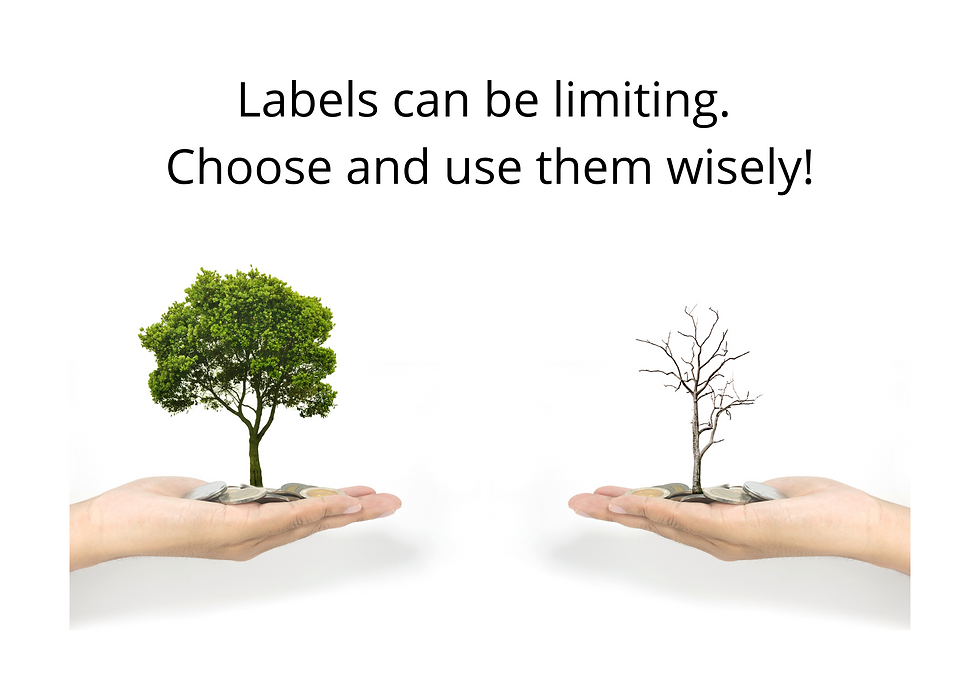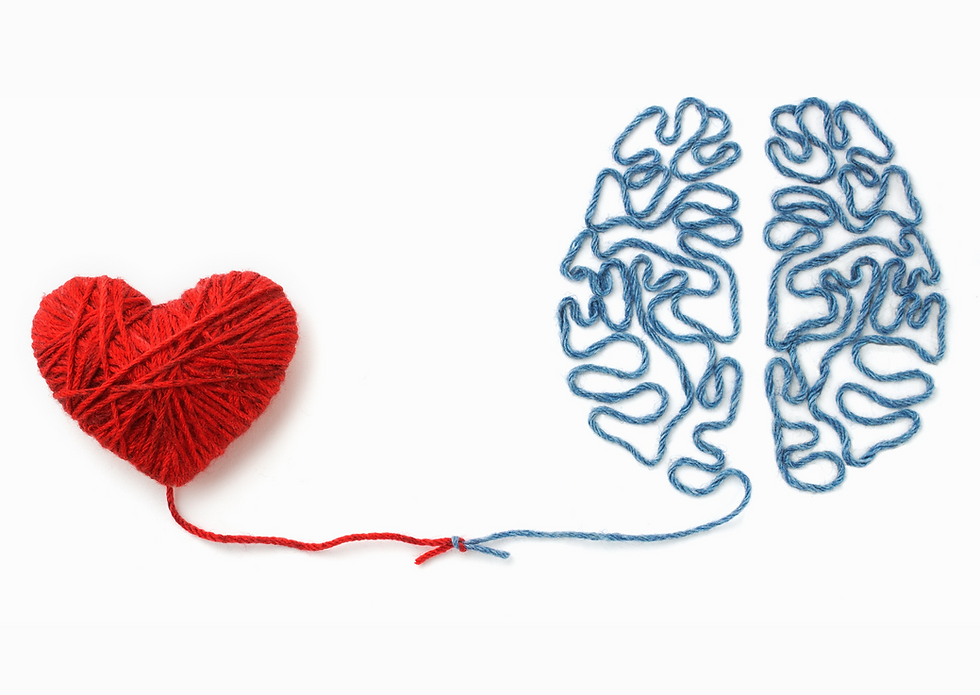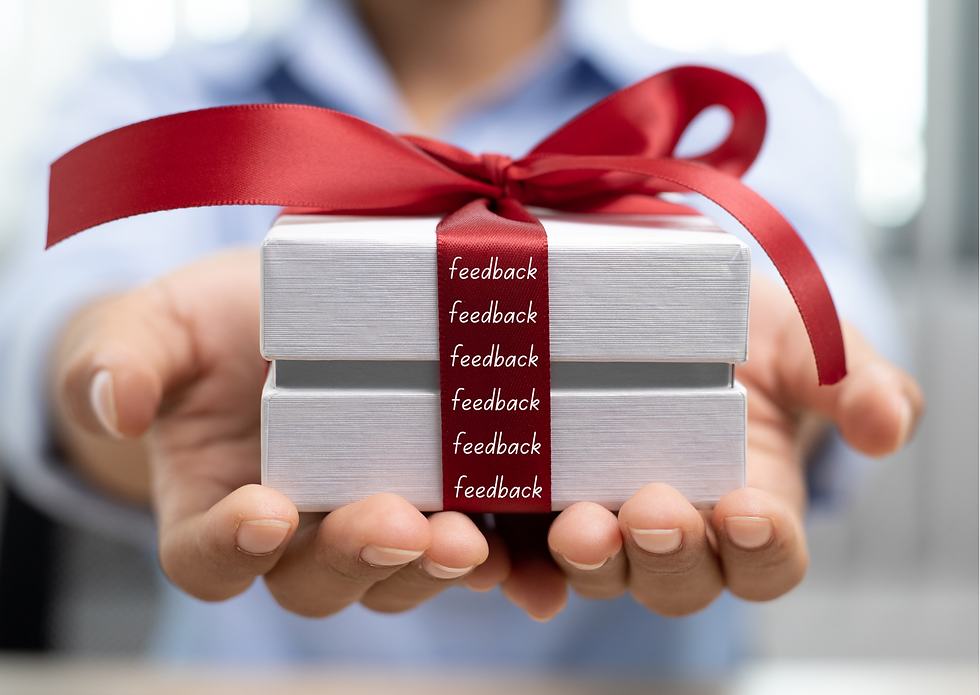The NLP Communication Model...probably the most useful thing I've ever learnt
- Mary Ely

- Mar 31, 2022
- 5 min read
Updated: Jan 13

The NLP Communication model is probably the most useful thing I've ever learnt.
It's a model that explains how we learn and how we process our experience.
It’s like an instruction manual for people. This is how we work.
As a result it’s helpful for
Understanding behaviour (yours and other people’s)
Understanding how you’re creating your current experience/results
Personal change – discovering what options you have to get a different experience / different results
Relationships – what you need to know to get on with people better (including yourself).
This blog covers the basics of the model. The related posts describe some of what can be learnt from it and how it can be useful.
The model comes from Neuro Linguistic Programming (NLP), which basically brings together and summarises various elements of psychology into a very useable form. Given what I have read, the model can now be largely backed up by neuroscience, the science of how the brain works.
So here’s my simple diagram of the model and I’ll walk you through it from left to right.

In it’s most simple terms it shows that we operate a lot like a computer
Information - some information comes in
Internal Computer - we process it based on our existing programmes, stored data and other variables
The Magic Triad - the processing results in some output
Behaviour - we use that output to decide what to do
Results/Feedback - we get some results / feedback based on what we did.
We use the results we get to learn. Is the result/feedback what we wanted or expected?
Yes – keep the programming as it is so we can replicate our results
No – change the programming so we get a different result next time we have to process the same information.
Here’s how it works in a bit more detail.
Input/information
Information comes in via our five senses – for example, what I'm hearing people say, what I’m seeing or reading.
It can also be what I’m already thinking about. It could be imagined information. Our minds don’t differentiate between real and imagined!
Internal computer processing
Just like a computer,
Our minds process the information coming in and use data that’s already stored to get to some output as quickly and efficiently as possible.
We’ll make connections with existing data we have and ignore bits of information to speed up the process.
Just like a computer, dealing with a new scenario or unfamiliar information requires more effort and perhaps a bit of reprogramming before we can deal with it efficiently.
This is why learning or change is more challenging and why we like what’s familiar to us (we can rely on our existing programming).
In terms of what we use for processing – our internal computer contains everything we know, have experienced and have learnt in our lives.
Memories/Experience – this is how we establish most of the other things in the processor. Our programmes and stored data are based on what we have learnt over time from our experiences.
Values, beliefs and rules – what we’ve decided is important to us, what we believe about ourselves, others and the world and the rules we think should be followed by us and others as a result.
Strategies and specific behaviour preferences – how we have learnt to do things – our preferred ways of working (for example, extrovert or introvert).
The processing is impacted by other variables like energy and how we are feeling. For example, our processing / how we react when we are full of energy will be different to when we’re really tired or stressed.
OUTPUT – The Magic Triad
We process all the information and come up with an output - the ‘answer’/our interpretation of the input.
The output consists of
What we say to ourselves about the input/situation - our ‘opinion’ / what we decide about it
How we feel about it, and
What happens to our bodies.
And all three are linked, which is why I call them ‘The Magic Triad’. Change one and the other two will change.
For example
If I don’t feel confident but adopt a confident body posture, I’ll start to feel more confident.
If I change what I say to myself about an event it will change how I feel about it.
Behaviour and Results
The output impacts our behaviour. What we say and do, and how we say it and do it...which influences the results we get.
Given that fear of public speaking is a pretty common thing, let’s run that through the model to show how it works using that as an example.

Information
I’m about to stand up and speak or I could be thinking about an upcoming presentation.
Computer processor
What information and programmes am I using? It could be…
Everyone says that public speaking is scary.
I once had to speak out loud at school, got my words muddled and everyone laughed at me.
The last time I had to do this I felt really nervous and uncomfortable.
I don't like being the centre of attention.
Output
What do I say to myself?
This is a nightmare. It’s not a good or safe thing to do. I don’t want to do it.
How do I feel?
Afraid/scared/nervous
What happens to my body?
My muscles tense up, my face gets flushed, my breathing becomes shallow, my voice is shaky.
Behaviour
Because I'm afraid, I can’t think straight, I get muddled and am clearly nervous as I talk.
Results/feedback
I evaluate my performance and tell myself it didn’t go as I wanted it to go.
I was rubbish, it was really uncomfortable etc.
The feedback reinforces what is already in my processor.
Ready for a repeat performance next time!
Another way of thinking about the NLP communication model?
It's as simple as ABCDE

Activator – the trigger/information that activates the process in your head
Brain power – how we process the information or the ‘Bit in between’ – what happens between A and C.
Consequences – the output we get based on some given input
Do – what we do as a result
Evaluation – our assessment of the results we get.
How is that helpful? For examples of how to use this check out these related blogs
ABC of stress management – how the model gives us 3 ways to tackle stress.
Change perspective to unlock potential – the internal computer processor can be described as our perspective. This blog explains how understanding and working with this can be really powerful (and is the foundation of personal change and coaching).
A little toolkit for change - the secret to thriving in our crazy world! This blog highlights the impact of the way the model works on our ability to change and some ways to work around them.
If you think the model is interesting and would like to explore working with me and the model, then please book a call and we can discuss that.
And if you’d like to sign up for my monthly newsletter, you can do that here.






Comments